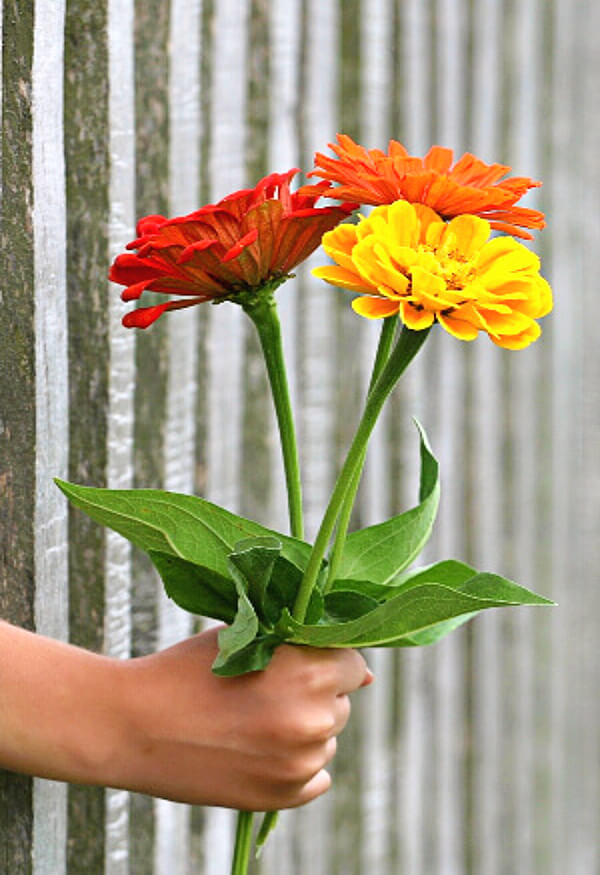*** Free UK Shipping On All Orders Over £35 ***
Menu
-
- Home
-
Hair Care
- Natural Shampoo Bars
- Natural Conditioner Bars
- Match Your Hair
- Bathroom Accessories
-
Shampoo Bar Blogs
- A Complete Guide To Shampoo Bars
- How To Use A Shampoo Bar
- 5 Things To Check When Buying Shampoo Bars
- Purple Shampoo 101: A Comprehensive Guide
- Can Shampoo Bars Damage Hair?
- Essential Guide To Curly & Afro-Textured Hair
- Best Shampoo for Your Hair? Liquid Shampoo vs. Solid Shampoo
- Bad hair day? Your Postcode Could Be The Root Cause!
- Conditioner Bar Blogs
-
Body Care
-
Equine Care
-
Canine Care
-
Hospitality
-
Wholesale
-
- 01367 242592
- Login
-
GBP

*** Free UK Shipping On All Orders Over £35 ***
Essential Guide To Curly & Afro-Textured Hair
6 min read

An Essential Guide To Curly and Afro-Textured Hair Care


1. Introduction.
Hair fibres really are highly complex biological structures and we still don’t fully understand how exactly curly hair is formed.
We do know certain factors define the curliness of hair:
- The growth of the hair strands
- The shape of the follicle
- The distribution of disulphide bonds
So let's take a closer look at those three factors.

2. The Growth Of The Hair Strands.
Hair follicles both for straight and curly hair grow independently of each other and are always either in the anagen (growing) phase 85% of the time, catagen (shedding) phase 12-14% of the time or telogen (resting) phase 1-3% of the time.
Afro-textured hair was found in one study to grow more slowly with more time than average in the ‘resting’ phase.
There can be less hair shedding when you are pregnant as the hormone combination is said to prolong the hair growing phase.
Curly hair has a spiral turn, whereas kinky hair has a torsion twist. A kinky hair strand turns and twists around itself, the same way you wring out a wet cloth, one side is twisting clockwise, the other side anti-clockwise.
Kinky hair can also be curly so that it has both a spiral turn and a torsion twist. The downside being this type of hair is weaker due to the kink. It is the dominant hair type of African textured hair.
There is certainly much complexity in how the hair strands grow and contributing factors regarding the formation of curly hair that are not entirely understood and seem to come down to a combination of biology, genetics and biomechanics.
Hair grows in a helix shape. Curly hair has a slightly curved hair follicle with different parts within that follicle growing at different rates causing the hair to curl. Biomechanical forces within the cells of the cortex are also thought to make the hair bend into a curl. Environmental factors and humidity in particular also play a role especially when it comes to frizz.
Frizzy hair comes out of the absorption of water in the endocuticle (one of the fine layers in the cuticle). As this layer absorbs water from the atmosphere, it will plump up the hair strands.
3. The Shape Of The Follicle.
Follicle shape is another factor.
A curly hair follicle has a different shape to that of a straight hair follicle. The cross section of the hair shaft (the visible part of the hair above the skin’s surface) for straight hair is circular.
The cross section of the hair shaft for wavy and curly hair is elliptical or oval. This oval shape gets flatter the curlier the hair. Afro textured hair has a very flattened elliptical cross section because it is ultra-curly.
4. The Distribution of Disulphide Bonds.
Then we need to consider the disulphide bonds.
The hair shaft is made up of over 90% keratin, a very strong protein that is held together by several different bonds including disulphide bonds. They are responsible for the elasticity and strength of the hair fibre.
Straight hair has an even distribution of dilsuphide bonds throughout the hair. Curly hair has dilsuphide bonds that are distributed more on one side of the hair shaft than the other creating a curl or kink.
Permanent waves and chemical relaxers alter and reset the disulphide bonds into a different configuration. Heat appliances such as curlers and straighteners can only do this on a temporary basis.
Chemical hair relaxers are an alkaline cream applied to the hair to straighten it. As it is highly alkaline with a lye base, it can lead to hair breakage. Low lye treatments are a little less alkaline but said to leave the hair more dry and brittle. Generally they shouldn’t be used more frequently than every 6-10 weeks and giving the hair a break from relaxers for some months in between can also be beneficial.

5. How To Add Essential Moisture The Right Way!
The hair cuticle has a fine layer of lipids that help minimise the moisture intake to the inner cortex maintaining the balance of hydration and flexibility.
Studies have shown afro-textured hair lipids with having lower hydration levels, meaning the hair is drier overall and requires more moisture than other hair types.
The lipids also showed as having less ceramide content; a fatty acid responsible for protecting and strengthening the internal components of hair.
This would mean the hair is weaker with less elasticity which could cause increased hair loss through pulling and would, in general, be more prone to breakage even when dry, particularly in areas with higher humidity levels.
As afro-textured hair is said to be more hydrophilic (water-loving) than other types of hair, we wouldn’t want to increase this by using products that are high in humectant ingredients. This is because humectants naturally attract moisture from the air to the hair which in this case would only lead to the possibility of further breakage.
Instead it would be better to add moisture through hydrophobic (water repelling) ingredients such as natural carrier oils and plant-based silicone alternatives that will also tackle frizz. These will penetrate the hair as well as protect the cuticle, helping it maintain its mechanical integrity.
Oil can also be applied prior to washing. Coconut oil is said to be particularly good at preventing afro-textured hair from taking in too much water and swelling when wet, if applied around 14 hours prior to washing. It also prevents protein loss due to wet combing and can help in controlling shrinkage.
As curly hair has more of an uneven distribution of natural oil sebum compared to straight hair, lightly oiling the hair can also help balance this out.
If afro-textured hair is more hydrophilic, then it is more negatively charged. To counteract this, it is important to use gentle, pH balanced shampoos with silicones and conditioning agents, such as our Luxury shampoo bars. Recommended use would be shampooing every 1-2 weeks followed by a nourishing conditioner.
Hair conditioners are positively charged and if they also include ingredients such as cetrimonium chloride this will also help with detangling and combing.
6. Looking After Curly and Afro-Textured Hair!
Other conditioning ingredients such as vegetable keratin will add protection and lock in moisture as will using hydrolysed proteins (such as wheat, oat, silk) that have been shown to retain moisture in the hair for longer (our bars all contain oat protein).
Pro-Vitamin B5 (Panthenol) will also help with moisture and elasticity which is key for this type of hair. You can find all these ingredients in our Luxury conditioner bars.
Using a wide tooth comb or soft brush with wide bristles after washing is recommended or even finger combing for very curly hair.
Air-drying is also more beneficial than heat appliances as it will allow the hair to return to its original pre-wash moisture level, which is in balance with the humidity in the surrounding air.
Co-washing with the conditioner as a leave-in product between washes is also recommended as an excellent way to soften it before styling.
7. A Viewpoint From One Of Our Customers!
The following are genuine comments from one of our customers, Michelle, who generously agreed to try ALL our haircare bars and yes, that is her in the image above - what a wonderful high-top fade hair style!
So don't take our word for it, read on and take Michelle's:
"I have 4C natural hair that’s got a very tight curl pattern, with low porosity therefore is quite dry and quite moisture-hungry.
My hair is currently in a low-maintenance high-top fade haircut style.
I have found the shampoo and conditioner bars from the luxury for 'normal/dry' hair range, ideal for my hair as they are great at controlling frizz. My favourite one so far is the Woodland shampoo bar.
It cleaned and left my hair moisturised which is what I needed. I even used the conditioner as a leave-in cream due to how intensely moisturising it feels on my hair when I am conditioning by rubbing just a little bit of it into my washed but slightly damp hair to replace having to use my normal leave-in cream.
This gave me confidence I am very close to having zero plastics in my bathroom which is awesome for the environment!
The Essential range and 2-in-1 bars were OK but I feel didn't give my hair the moisture it needed in the way the luxury bars did.
I would most definitely recommend anyone that has my type of hair to give the Luxury range a go - you will not be disappointed. :-)
I understand what you mean by "luxury" - the shampoo bars leave my hair clean and moisturised as if I've been to the salon. The conditioner leaves my hair soft and manageable as well as smelling lovely.-"
So make sure you check out the full range of the best UK shampoo bars and all natural conditioner bars that Michelle used here.
Finally, don't forget to ask us in the comments below if you have any further questions we can answer for you.
Best wishes,
Rebecca at The Solid Bar Company
PS. While you're here why not read How To Find The Best UK Shampoo Bar.
Leave a comment
Comments will be approved before showing up.
Also in Rebecca's ECO Blog

Get 10% Off Your Order Today!
Sign up to offer & tip emails and Get 10% Off Your Order Today by using discount code THANK YOU at checkout!






